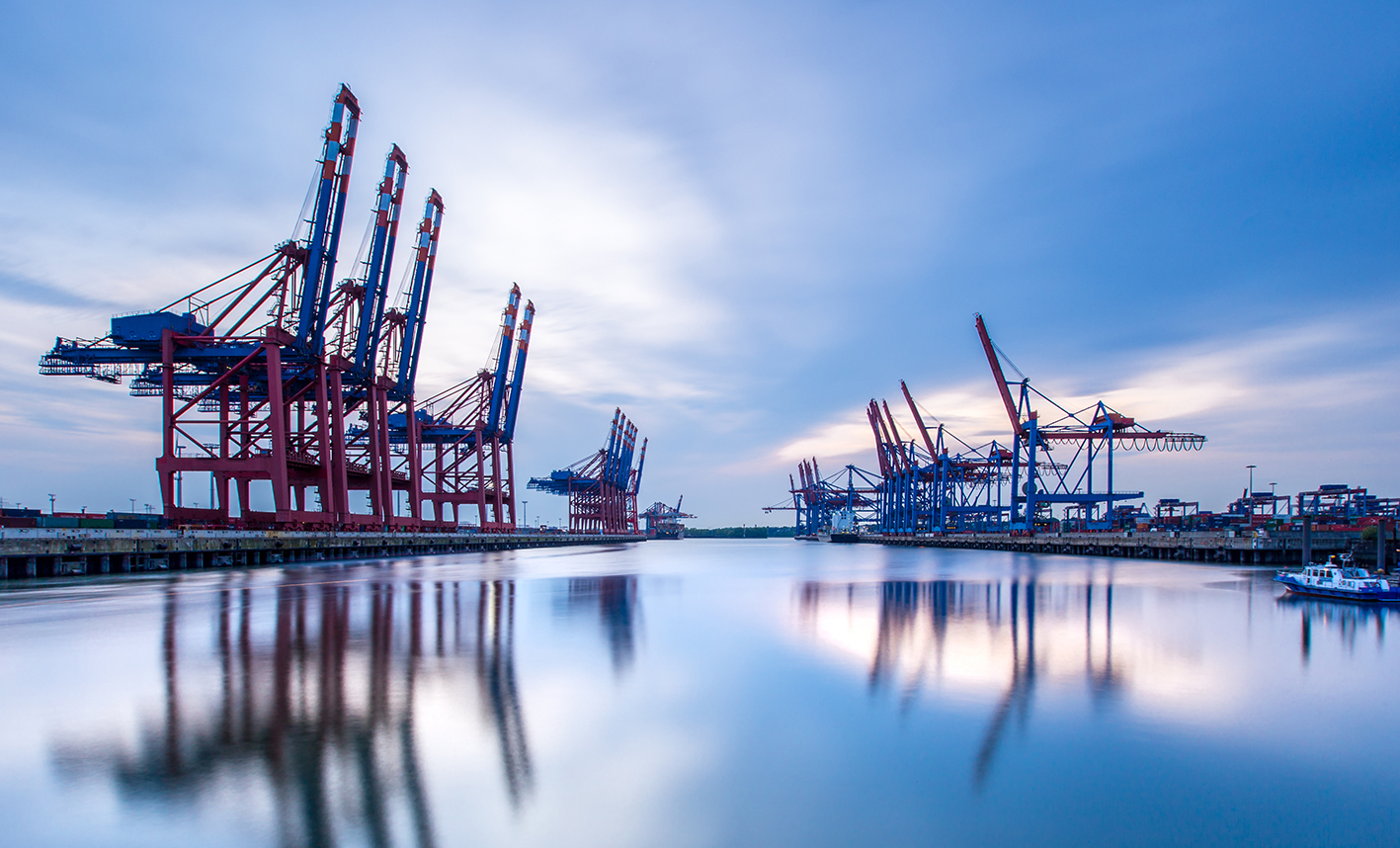 Julian Abril Garcia Head of Facilitation Section, IMO
Julian Abril Garcia Head of Facilitation Section, IMO

At a joint symposium organised with IAPH and BIMCO, and hosted by IMO to mark one year until it is mandatory for ports in Member States to operate Maritime Single Windows (MSWs) for the electronic exchange of information, a senior development official commented: “Given the importance, one is a little surprised at the lack of progress.”
Observers might suggest that, as with so much over the last few years, the Covid-19 pandemic has delayed work on reaching this goal but in many cases, in fact, rather than involuntarily applying the brakes, the urgent need to reduce human contact caused by the pandemic became an unexpected driver towards digitalisation.
The international maritime sector must continue to build on that momentum if ports across the world are to hit the 1 January 2024 deadline as mandated by the FAL Convention. Few in the 21st century would argue that reproducing information and individually sharing it with multiple partners is an effective way to operate. Digitalising and automating procedures from a ship’s arrival in port through to its departure, and potentially including its cargo’s onward land journey, not only streamlines processes for the port itself through the sharing of data just once but also supports resilience in the global supply chain of goods. Efficient digital visibility across port operations also assists with our vital ongoing mission to decarbonise international shipping.
Ports are a crucial interface between the maritime and onshore supply chain, and IMO is involved on both sides of that relationship. In order that nobody is left behind, we are encouraging ports with valuable experience of operating their own MSWs to share it with those still at earlier stages of the development process.
The FAL Convention has put in place the regulatory structure for this push to modernise the port call process, but it’s clear this digital transition is not happening at the same pace in the developed and developing worlds.
Time to accomplish this transformation is now short, but IMO is committed to supporting all Member States find tangible solutions to enable their compliance under FAL.
An example of the sort of successful partnership-working that IMO is promoting includes the facilitation of Norway’s assistance to Antigua and Barbuda. Providing technical expertise, Norway has helped Antigua and Barbuda design a Maritime Single Window system specifically with small island developing states in mind – one, importantly, that can be replicated, modified and adapted as required by other ports facing similar issues.
Another example is IMO’s Single Window for Facilitation of Trade (SWiFT) scheme, an initiative of Singapore facilitated by IMO. Under its auspices, prototypes of a digital platform designed for medium-sized ports are being developed by a Singapore Maritime Port Authority/Angola pilot project team based on the Antigua and Barbuda MSW design.
As the January 2024 deadline draws closer, the benefits of an approach whereby collective expertise is shared to accelerate its spread across the global maritime industry are clear. Under the FAL Convention, the number of formal declarations required is set to a maximum of 13. But once a ship is berthed, up to 20 parties might provide services to it, requiring the exchange of lots of information.
Being able to easily coordinate those services digitally enables effective planning by those providing port call services and, in turn, around the ship’s departure. This reduces the likelihood of delays and the knock-on effects those can have on an individual ship’s schedule and that of others waiting to berth. It is not only a case of complying with FAL obligations but also of realising the opportunities for stakeholders that such digital innovation within the port community can bring.
Ports have reported that, since operating a Maritime Single Window, the process of approving customs declarations has shrunk from a few days to a few minutes, and port clearance requests are finalised in less than an hour. And the benefits can extend further: Some systems have integrated transport providers beyond the port - trucks and rail – into their platforms, allowing customers to seamlessly track their cargo along more of its route.
As more ports travel this digitalisation journey and share what they’ve learnt, it becomes increasingly clear there is no one-size-fits-all solution. The size of port, the types of trade and cargo that utilise it, where procedural bottlenecks occur, and whether any digital systems already exist that could be incorporated into the Maritime Single Window all need to be considered.
The right system for a port might be a stand-alone version, it may involve the public or private sectors – or both. The type of system is almost certainly less important than ensuring that the functionalities it incorporates are appropriate and effective for the scenario in which it operates.
Those who have successfully implemented Maritime Single Windows advocate for “up-stream” planning and piloting of new systems before full utilisation. Remember to build in safeguards against possible cyber-attacks. Be willing to listen to feedback from those who use the system and be prepared to adapt as technology develops. Not least, make sure all stakeholders are on board – some of the greatest challenges might not involve the technology but the management of change.
There is no doubt this is an ambitious programme of global ports digitalisation. IMO is resolute that it must happen, and the clock is ticking. But help is available. We will support Member States to realise our common goal of a streamlined digital port call sector and to seize the huge opportunities that digital future offers.
For more information, please visit: www.imo.org